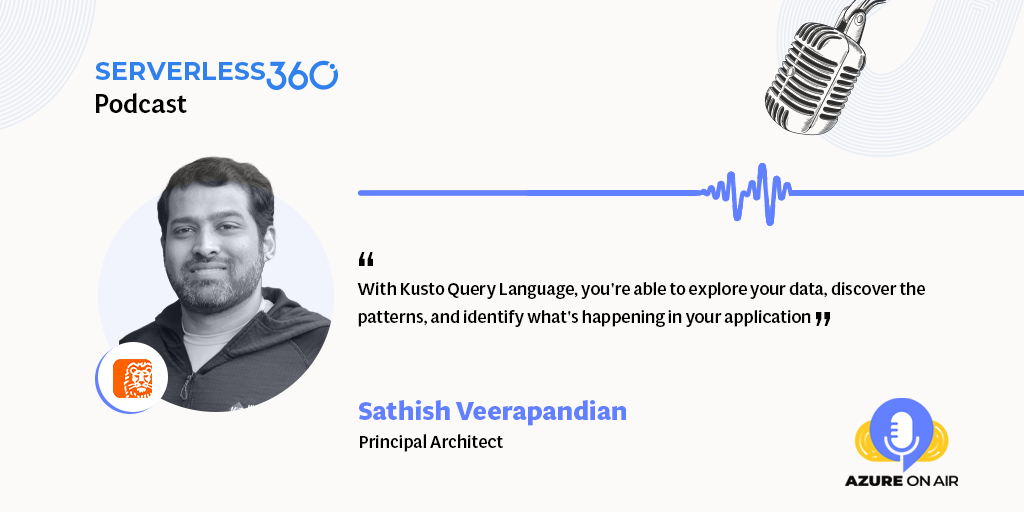Migrate to Azure Monitor Agent from Log Analytics agent
Azure is continuously evolving, and with this evolution comes significant changes in how we handle data and monitoring. Satish Veera Pandian, Microsoft MVP, offers insights into these changes and what they mean for users.
Azure Monitoring Agent
Azure Application Insights and Kusto query language recently underwent a renaming process, transforming into the Azure Monitoring Agent. The goal behind this move was simplicity. The Azure Monitoring Agent is Microsoft’s way of unifying log collection processes that previously might have varied depending on the operating system or device type. The new agent is a one-size-fits-all solution, collecting data from various sources like VMs, Linux systems, and other appliances.
Azure Monitoring Agent: Deployment Techniques
The transition from Log Analytics Agent to Azure Monitoring Agent brings forth several enhancements:
- Deployment on VMs: Azure Monitoring Agent can be seamlessly deployed on Virtual Machines using Azure extensions
- On-Premises Servers: Integration with Azure Arc facilitates this deployment, bridging on-premises VMs and Azure
- Desktop Systems: Systems like Windows 10 or 11 benefit from a direct client installer
Kusto Query Language
One of the primary tools for exploring data in the Azure Monitor workspace is the Kusto query language. It’s a potent tool that allows users to generate custom queries for better insights into their application usage. Its learning curve is friendly, offering simple and advanced queries suited for various data sources.
Azure Monitoring & Data Collection with Kusto Explorer
Kusto Explorer is an essential tool for anyone using Azure Monitoring and Data Collection. Downloadable at https://aka.ms/ke, this desktop application facilitates data exploration using the Kusto query language. With a range of visualization options like area charts, line graphs, and pie charts, it simplifies the creation of informative dashboards. The user-friendly interface ensures easy navigation and data representation in ECL.
Utilizing Kusto Explorer, users can connect to their log analytics workspace via a “connections panel.” This tool surpasses the Azure portal’s capabilities by supporting queries across multiple workspaces through various subscriptions and connection panels.
In terms of end-to-end tracking, the Azure portal’s log analytics workspace proves invaluable. It permits integration with an array of SaaS applications, amplifying the efficiency of data collection. Furthermore, with Azure’s innovative data collection rules, users can dictate their data collection, transformation, and eventual delivery, making the entire process more streamlined and user-friendly.
Data retention & Azure Monitor Insights
Data retention in Azure is both flexible and cost-effective. By default, the pricing plan incorporates a 31-day retention period. However, if longer data storage is necessary, users can extend this period up to 720 days, or two years. It’s worth noting that extending the retention duration incurs additional costs. Importantly, the duration the user chooses should align with the specific needs of the application. Moreover, when comparing the costs associated with Azure’s log management and data retention to other market solutions, Azure emerges as a competitively priced alternative.
In conclusion, tools like Log Analytics and the Kusto query language are revolutionizing admin operations. Whether managing dynamic settings like meeting rooms or routine tasks, Azure promises to simplify workflows. The innovations in Azure’s monitoring domain highlight the platform’s dedication to user-friendly experiences, versatility, and efficiency.


